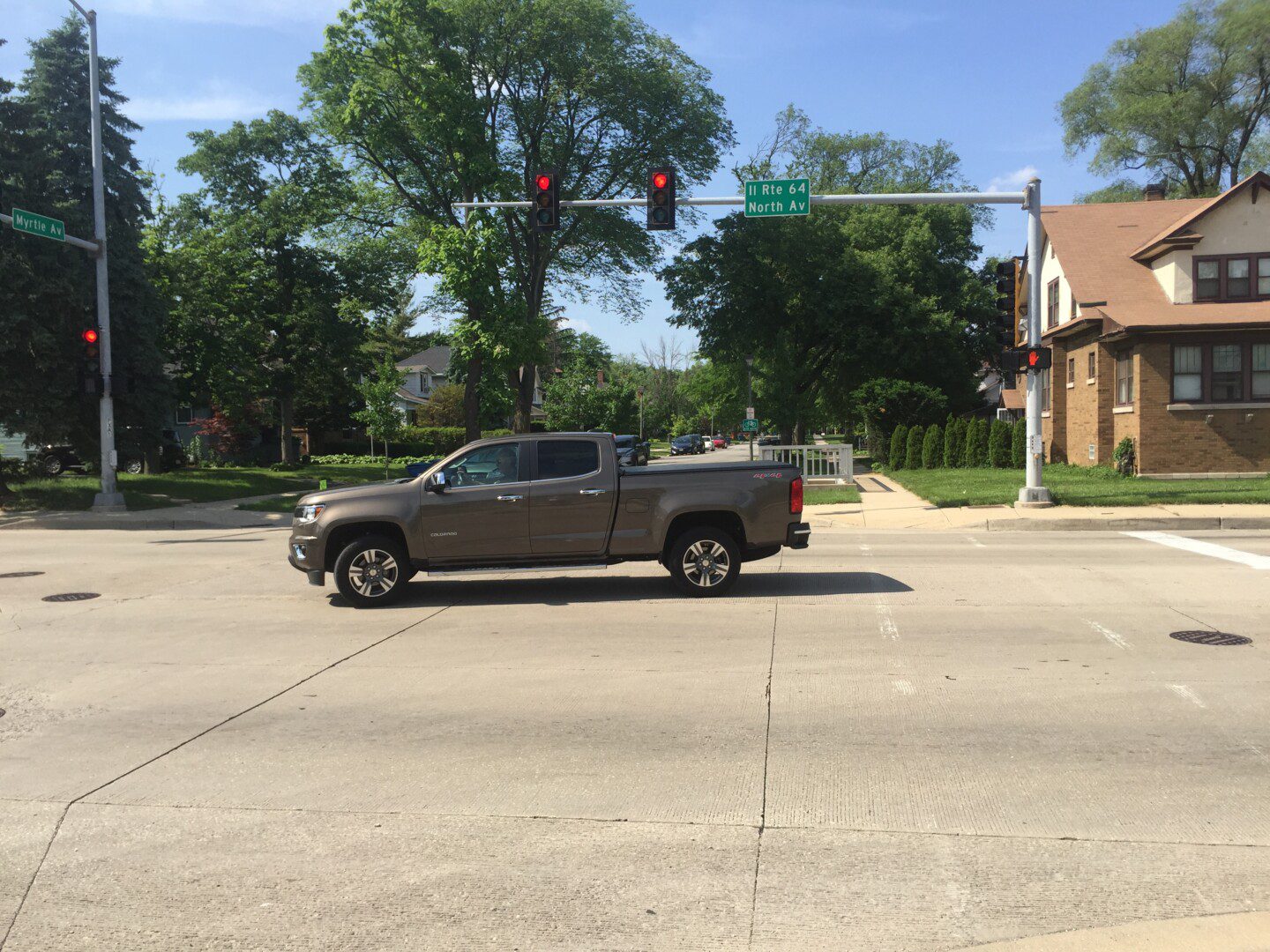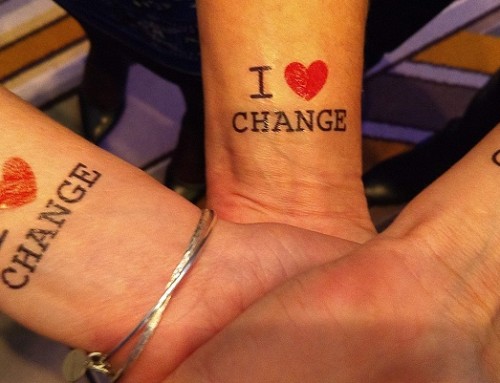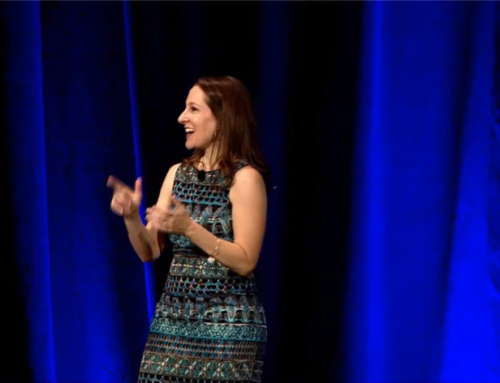 I am sitting at a red light at an intersection a block from my house.
I am sitting at a red light at an intersection a block from my house.
The light turns green. I notice a family walking into the cross walk. Then a car speeds through the intersection. I am not even sure the family notices, but I do. This driver just drove through the intersection long after the red light appeared. And he was speeding, to boot. And in that moment, I am mad. Steaming mad.
My hands clench the steering wheel hard. I turn onto the road and reach the next light. And now I am stopped right next to the offender’s car.
So what do I do in that moment?
I make eye contact with the driver. Then, I throw my arms up in the air in his direction. When I notice him notice me, I roll down my window and yell, “you just went through a red light, and a family was crossing the street. You could have killed somebody!”
Now, what do you think happened next?
A big, burly man gets out of his car and stomps towards my car. I notice the huge frown on his face, his clenched fists, and the speed of his steps. My body tenses up, and …
OK, the part of the story after I rolled up next to that car didn’t really happen. But it did in my mind. Every bit of it. I was angry. Really angry.
Have you ever been in a situation like that? When you were irate, in your car, at work, or at home, about something someone else did?
What did you do in that moment?
When a negative emotion takes over, it limits our options for action. We clam up and withdraw, not saying a word. Or maybe we clench our fists, take on a fierce tone in our voice, and attack. In that fight or flight mode, your body prepares itself to “fight” or “flee.” It bypasses your rational mind.
What can we do to bring calmness to those moments . . . a calmness that provides more clarity, better decision making, and more possibilities?
I use a very simple, helpful technique. It can provide more power in situations when an emotion can take over. This technique has two steps:
- Summarize to yourself what has happened.
- Acknowledge and state the emotion you are feeling.
When someone or something stirs up an intense, negative emotion, ask yourself internally, “what just happened?” Then simply state the answer, in plain language. Then state how it made you feel …
“That car just went through the red light. I noticed it, and now I’m feeling angry.”
When you give yourself a moment to acknowledge what happened and your emotion, you can consciously choose what comes next, instead of allowing the emotion to dictate your response. You may still choose to withdraw, or take an aggressive action, but you will do it more detached from the emotion.
This is not easy! It takes practice. I have worked with clients who allowed a person or a recurring event to make them really angry. Over and over again. And they said, “it’s so hard in that moment to make a change. It’s hard to remember to do the two steps.” I agree. I have been there. I also know it becomes easier with practice.
One way to practice is to remember the last time someone triggered an intense, negative emotion in you. Re-play it in your mind. Envision it as if it is happening right now. (You may need to close your eyes.) Feel that emotion in your body. And once you feel that emotion … Use the technique. Simply describe the situation, and acknowledge your emotion.
You may feel a change in your body after you do this. You may relax. You will feel calmer. Because you bypassed the fight or flight response, you have more choices. More options. More creativity. More power!
Calmness is the cradle of power.” – J.G. Holland
At Intend2Lead, we know that leaders are more powerful when they are aware of their emotions. When you can observe your emotions, you can consciously choose new actions and obtain better results.
![]()






